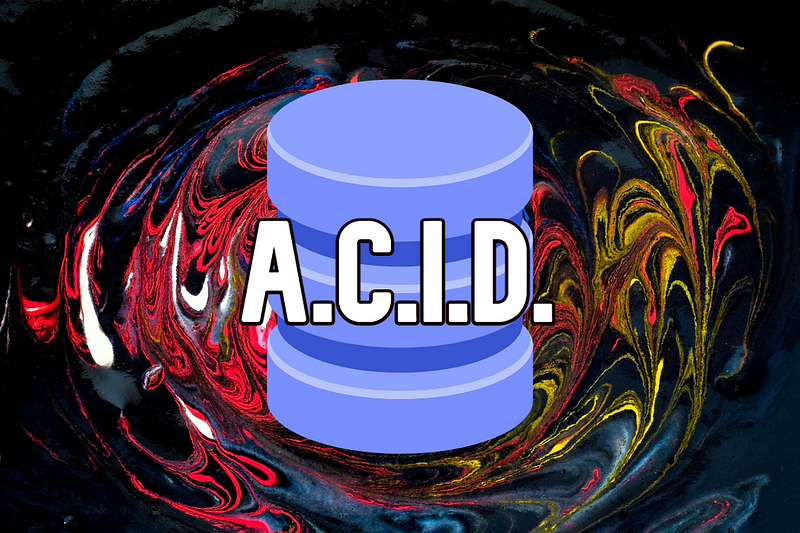Understanding the Significance of ACID in Database Management
Written on
Chapter 1: Introduction to ACID
When it comes to databases within the realm of computer science, discussions often revolve around SQL versus NoSQL, and you may have encountered the term ACID. But what does ACID really stand for? This article delves into the meaning of ACID in database systems.
ACID is an acronym that encapsulates four key principles: Atomicity, Consistency, Isolation, and Durability. These principles are vital for ensuring the overall validity of data. A database that adheres to ACID standards is less likely to face issues during power outages, system downtime, or transaction failures.
Now that we have established a foundational understanding of ACID, let’s examine each component in detail.
Section 1.1: Atomicity
Atomicity refers to the concept of transactions being treated as indivisible units. This means that a series of operations within a transaction must either all succeed or none at all. In simpler terms, if any part of the transaction fails, the entire transaction is rolled back. This guarantees that partial updates cannot occur due to unforeseen events such as power failures or errors.
Moreover, during an atomic transaction, other clients cannot detect its progress. They will only know the outcome once the transaction is complete.
Section 1.2: Consistency
Consistency addresses the integrity of data according to predefined rules and constraints. A database is deemed consistent when its data aligns with these regulations. Simply put, consistency ensures that all data within the database is correct and valid.
Subsection 1.2.1: Example of Consistency

Section 1.3: Isolation
Isolation allows multiple transactions to be executed simultaneously without interference. This property is crucial for enhancing the efficiency and speed of operations. It ensures that the actions of one transaction do not impact others running concurrently. Consequently, the final results of these transactions will mimic the outcomes as if they were executed sequentially.
Section 1.4: Durability
Durability guarantees that once a transaction is successfully completed, its changes are permanent in the database. This means that even in the event of a system failure, the data remains intact. Once executed, any modifications are written to disk, ensuring they are preserved indefinitely unless altered by subsequent operations.
Chapter 2: Further Exploration of ACID
In summary, this article has outlined what ACID represents in database systems and detailed the significance of each principle.
To enhance your understanding, consider watching the following videos:
The first video titled "Intro to ACID Database Transactions | Systems Design Interview: 0 to 1 with Google Software Engineer" provides a comprehensive overview of ACID principles in practical applications.
The second video, "ACID Explained: Atomic, Consistent, Isolated & Durable", elaborates on each of the ACID components, offering deeper insights.
In upcoming articles, I will further discuss scenarios where ACID compliance is essential and delve deeper into database management topics. Links will be provided for those future pieces.